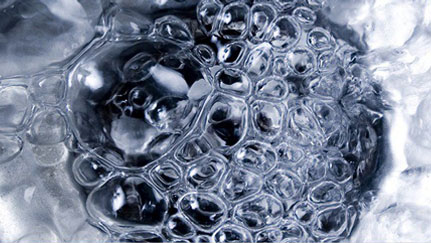
More than 500,000 sewer backups occur each year in the United States.1 Sewers normally back up through the lowest plumbing fixture in your home. According to the Insurance Institute for Business & Home Safety (IBHS), 68% of all drain system sewer backup claims started in the basement and claims occurring in finished basements are 65% more severe than in unfinished basements.2
Even if you are adequately protected financially through your insurance coverage, it’s worth the time and investment to prevent the inconvenience and health hazard from a major sewer backup. Depending on the severity of the loss, your family may need to live elsewhere while your home is restored to a habitable condition.
Nationwide Private Client Risk Solutions recommends the following steps to help prevent sewer or drain backups:
- Have your home’s sewer lateral line periodically inspected for buildup, cracks, and invading tree roots. If you have a cast-iron or clay lateral pipe, you may want to have a PVC pipe installed to reduce the risk of tree root problems. Homeowners, not your local municipality, are responsible for maintaining the sewer lateral lines.
- Don’t pour grease down your kitchen sink. It can congeal, cling to your pipes and cause serious damage and blockage.
- Compost or throw away larger food items rather than grinding them in the food waste disposer.
- Don’t flush anything other than toilet paper down the toilet, even if the product packaging suggests that it is flushable.
- The best way to help prevent a backup is to have a plumber install backflow valves or standpipes in all basement or lower level drains to prevent sewage from backing up. During a rainstorm or flood, the city sewer system may not be able to accommodate the extra volume of water and could release the excess into neighboring homes.
- Install a water/flood-detection device that sounds an alarm or calls your phone if it senses water — typically, in your basement. The faster you react, the more you can control the cost and inconvenience of the cleanup efforts – especially if you have to temporarily relocate out of your home.
If you experience a sewer or drain backup, get to it fast.
- Call a plumber or water mitigation service company immediately. A water mitigation service company will have the right equipment and experience to mitigate the amount of damage and prevent secondary damage from mold or rot.
- Dry the area as quickly as possible, including any standing water. Don’t use your furnace to dry things out as you could spread mold throughout your entire home.
- Contact your insurance agent or call us directly at 855-473-6410 to report a claim. Be sure to save any receipts from incurred expenses to help process your claim.
Nationwide Private Client homeowners policies include coverage for water damage caused by overflow or accidental discharge of water from within your home, including sewer backups (subject to policy or state-specific deductible). This coverage must be purchased separately in Alaska.
A separate policy is available for flood damage. Contact your insurance agent to review available coverages and ensure you have adequate coverage for your specific needs.
If you have any questions, please contact your agent or Nationwide Private Client Risk Solutions professional. For more information on how you can help prevent losses, visit nationwide.com/solutionseries.
We offer this information to assist you in making decisions that can help mitigate your risk. While we cannot address every possible scenario or guarantee these tips will work for you, our goal is to support your efforts to protect yourself and your family.
[2] Insurance Institute for Business & Home Safety